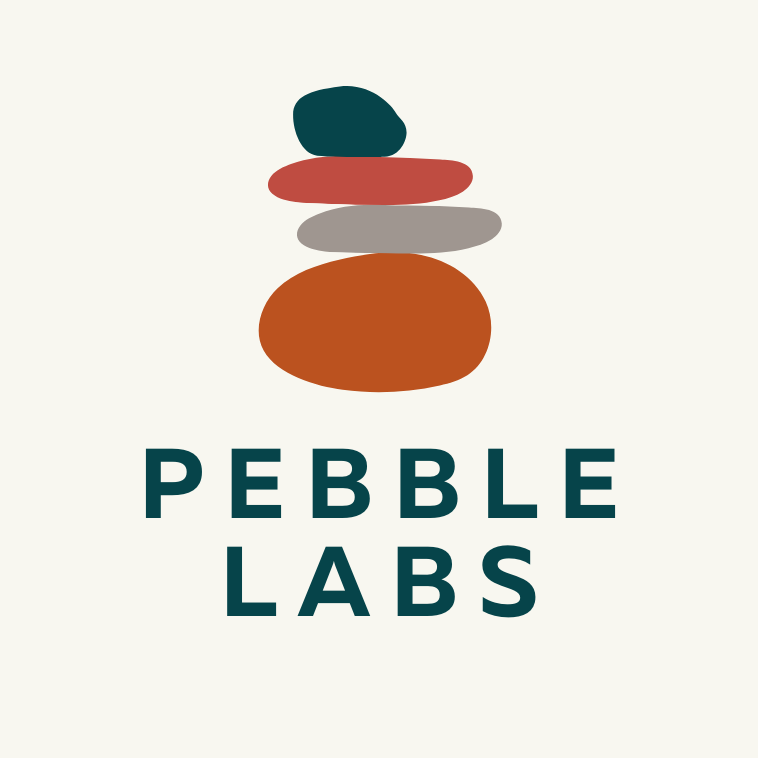
RNA RUNS THE WORLD
FROM INSIDE OUR CELLS
RNA is very versatile.
Different types of RNA do different jobs.
RNA stands for "ribonucleic acid". RNA is a polymer made up of four different repeating units called bases: Adenine, Cytosine, Guanine, and Uracil (A, C, G, and U). The easiest way to think about RNA is as a long chain made of four different colored beads or letters. Which beads/letters are present in what order encodes information, much like the letters that make up the words you are currently reading.
RNA is both older and more intricate than DNA. The ability of RNA to form complex structures is critical to its role in a diverse set of biological functions, from storing and/or carrying genetic information, regulating the expression of genes, serving as a template for protein translation, interacting with proteins to catalyze chemical reactions, and providing scaffolding to build large RNA/protein complexes.
RNA molecules that are not used as a template for protein translation are called non-coding RNAs. RNA that codes for proteins (messenger RNA or mRNA) and non-coding RNAs that regulate gene expression are of special interest for biotechnology applications.
mRNA is used as a template to make proteins
RNAi - RNA interference - provides defense against diseases and pests via RNA interference
Over the last few decades, there has been an explosion of uses for RNA biology.
RNA biology is used for vaccines against emerging diseases (like COVID-19) and personalized therapeutics in humans, the diagnosis, prevention, and treatment of viral infectious diseases of veterinary importance, trait improvement and pest control in terrestrial agriculture, and even nanostructures for biotechnology applications.
Pebble Labs is using naturally occurring microbes to deliver the power of RNA biology to target significant challenges in global food production.



